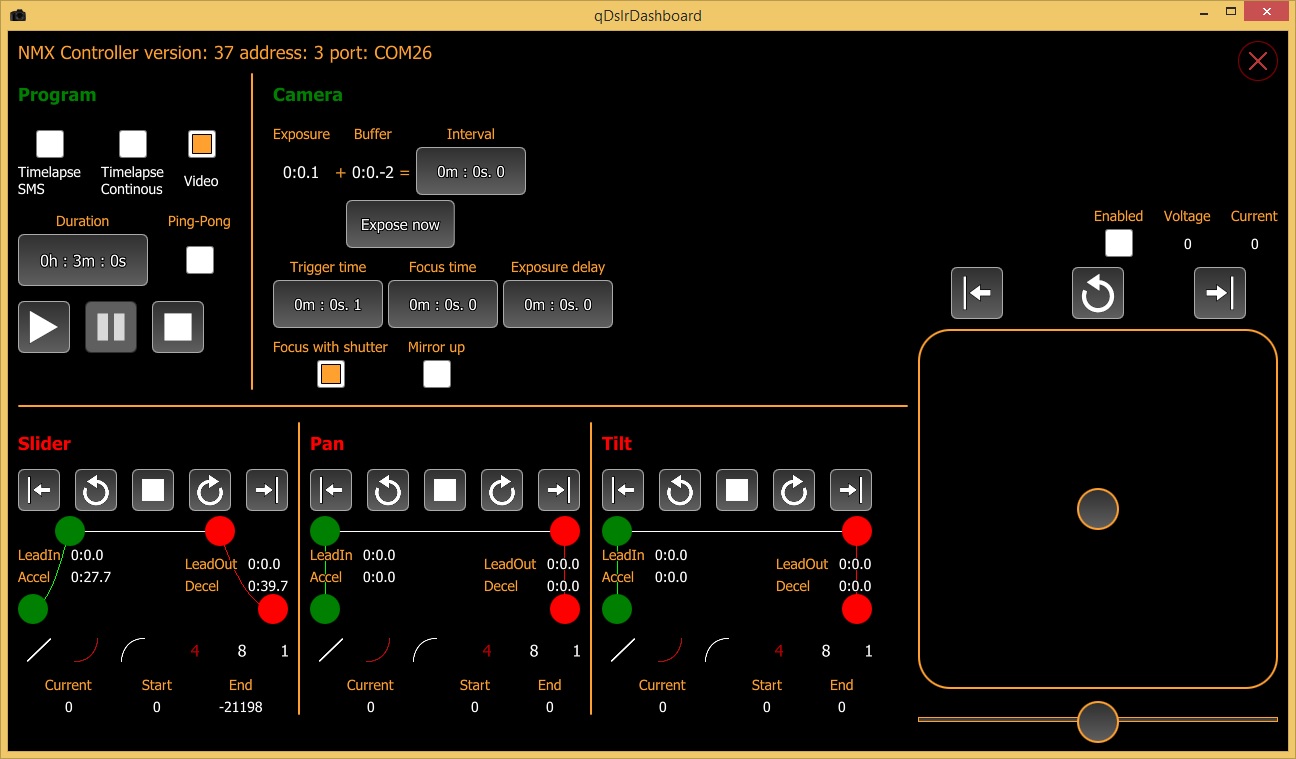qDslrDashboard V0.3.3 is now available for all the supported platforms.
Starting from this version the Android version is available from the Google Play Store.
Also the Android version isn’t free anymore (one reason for this change is that I’m still unemployed and the second reason is to make it equal to the iOS version)
For the Raspberry Pi 2 version the latest Raspbian (Jessie) image was used. You must use the raspi-config to set 256MB memory for the GPU.
On OSX El Capitan the only way I could get USB working was by executing ‘sudo killall -9 PTPCamera’ after the DSLR was connected with USB (hope there will be a better solution in future)
I also got reports that there is still a problem on iOS version with the Canon 5D MII DSLR (changing focus point in live view will crash the application) that I will address with a quick fix.
In V0.3 version I rewrote most of the core classes and fixed lot of the stability problems present in V0.2.9
Also reworked the UI and it should be faster now including live view.
New in V0.3 is the NMX control screen and the interval controller.
The NMX screen can be used for controlling the Dynamic Perception NMX Controller. On Android and iOS it can be controlled using Bluetooth, on desktop versions the USB connection (USB serial connection) can be used.
The Interval Controller (IC) can be used to create advanced interval captures using the NMX Controller and connected DSLR cameras.

